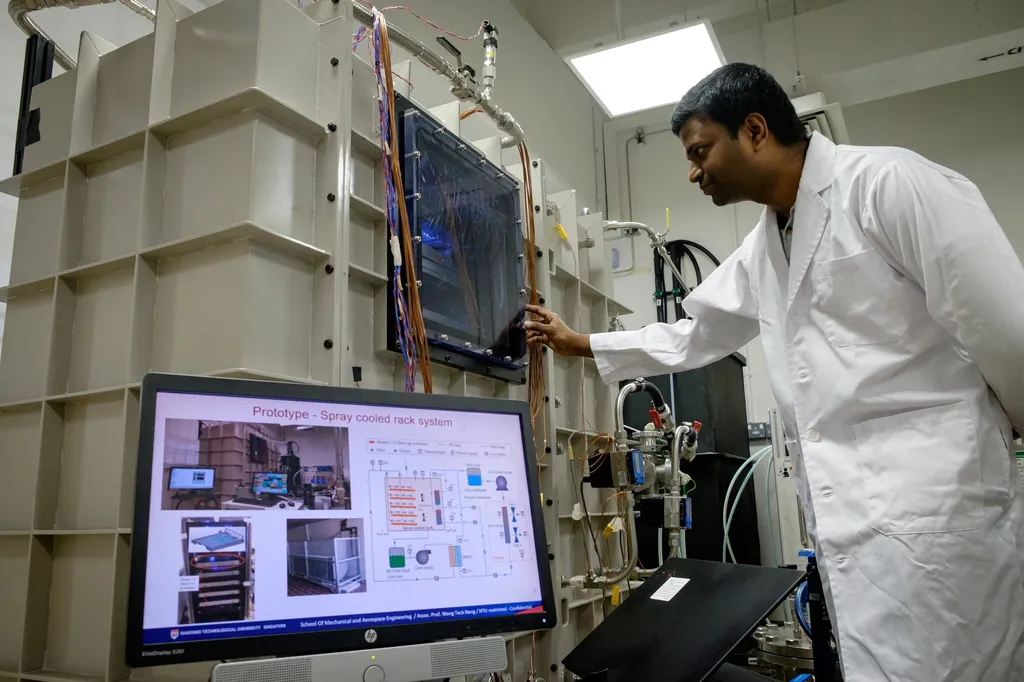In the heart of South Korea, researchers at Jeonbuk National University have made a significant stride in optimizing agricultural spraying technologies, with implications that could ripple through the energy sector as well. Jeekeun Lee, a leading figure from the Division of Mechanical System Engineering, has spearheaded a study that combines computational fluid dynamics (CFD) and artificial intelligence (AI) to enhance the performance of air induction nozzles. These nozzles, crucial for reducing chemical drift in agriculture, could soon see improved designs thanks to this innovative approach.
The study, published in *Results in Engineering* (which translates to *Engineering Results*), delves into the intricate world of internal fluid dynamics, a realm often shrouded in complexity due to dimensional constraints. By leveraging CFD and AI, Lee and his team have identified optimal design parameters that significantly influence the air-to-liquid ratio (ALR), a critical factor in nozzle efficiency.
“Subtle variations in design parameters can distinctly influence the internal two-phase flow and the resulting air-liquid ratio within the nozzle,” Lee explained. This finding underscores the precision required in nozzle design, where even minor adjustments can yield substantial improvements.
The research pinpointed an optimal venturi inlet diameter of 7 mm, which, when combined with specific throat and mixing chamber dimensions, produces the target ALR of 0.00055. The study also highlighted the venturi inlet air diameter as the most influential factor, contributing 35% to the overall performance. Mixing chamber length and nozzle inlet diameter were found to be equally important, each accounting for 20% of the impact.
These insights offer practical design recommendations that could refine air induction nozzle performance, enhancing agricultural spraying methods and potentially reducing chemical waste. The integration of CFD with AI not only streamlines the development process but also opens new avenues for predictive modeling, a boon for industries reliant on precise fluid dynamics.
The commercial implications are substantial. In agriculture, improved nozzle designs could lead to more efficient pesticide and fertilizer application, reducing environmental impact and operational costs. In the energy sector, similar principles could be applied to optimize fluid handling in various processes, from oil and gas extraction to renewable energy systems.
As the world grapples with the challenges of sustainable resource management, innovations like these are pivotal. Lee’s research demonstrates the power of interdisciplinary approaches, combining engineering principles with cutting-edge AI to tackle real-world problems. The study not only advances our understanding of fluid dynamics but also sets a precedent for future developments in agricultural and energy technologies.
In an era where precision and efficiency are paramount, this research offers a glimpse into a future where technology and science converge to create more sustainable and effective solutions. As Lee and his team continue to push the boundaries, the agricultural and energy sectors stand to benefit immensely from these advancements.

